Tag: hypoxia
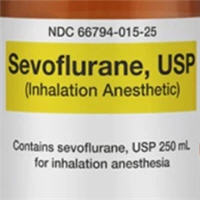
Sevoflurane in Murine Peritonitis-induced Sepsis
Sevoflurane exerts various protective effects in two murine peritonitis-induced sepsis models. These protective effects were linked with a functional adenosine A2B receptor. Sevoflurane reduced the neutrophil counts in... read more
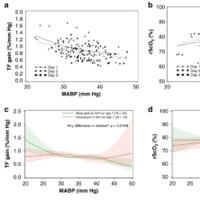
Cerebral Oxygen Saturation and Autoregulation During Hypotension in Extremely Preterm Infants
Dopamine had no effect on rScO2 compared to placebo in hypotensive infants. Hypotension and cerebral hypoxia are associated with early intraventricular hemorrhage or death. Prospective cohort study of blinded rScO2 measurements... read more
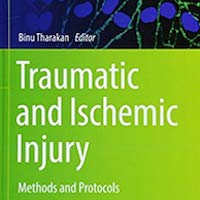
Traumatic and Ischemic Injury: Methods and Protocols
This volume focuses on procedures for the development and application of several research animal models and in vitro methods that allow researchers to gain insight into the underlying cellular, biochemical, and physiological... read more
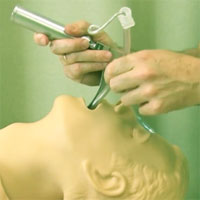
Timing of Intubation in Patients With COVID-19
The timing of intubation in hypoxemic patients with COVID-19 has been hotly debated. Early in the pandemic, there was a push to intubate early, driven by the effort to reduce transmission of the virus. With time, high-flow... read more
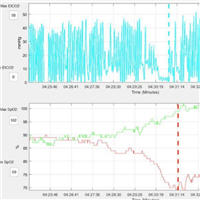
Cardiorespiratory Compromise in the Perioperative Environment
Perioperative cardiorespiratory compromise is common and goes largely undetected. Predictive cardiorespiratory indices can help in early detection of harmful deviations and guide preemptive treatment. Using continuous... read more

Apnoeic Oxygenation for Emergency Anaesthesia of Pre-hospital Trauma Patients
Apnoeic oxygenation did not influence peri-intubation oxygen saturations, but it did reduce the frequency and duration of hypoxia in the post-intubation period. Given that apnoeic oxygenation is a simple low-cost intervention... read more

14-Day Occurrence of Hypoxia, ICU Admission, and Death Among Patients with COVID-19
Uncertainty surrounding COVID-19 regarding rapid progression to acute respiratory distress syndrome (ARDS) and unusual clinical characteristics make discharge from a monitored setting challenging. Model derivation and... read more

Microtools to Identify and Resuscitate Microcirculatory Dysfunction in Critically Ill Patients
Despite recent advances in the timely restoration of impairments in the oxygen supply chain to the tissue (Yealy et al. 2014; Peake et al. 2014; Mouncey et al. 2015), circulatory shock remains a major contributor to mortality... read more
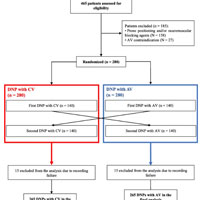
Automated vs. Conventional Ventilation in the ICU
Automated ventilation (AV) appears to reduce the incidence and severity of blood oxygen desaturation during daily nursing procedures (DNPs) in comparison to Conventional Ventilation (CV). Of the 265 included patients,... read more
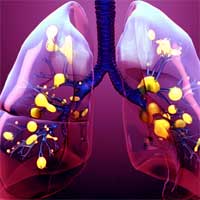
30% of COVID-19 Patients Had No Symptoms of Fever, Cough, or Shortness of Breath
The findings of this cohort study suggest that screening based on conventional COVID-19 symptoms or corresponding examination findings of febrile respiratory illness may not possess the necessary sensitivity for early diagnostic... read more
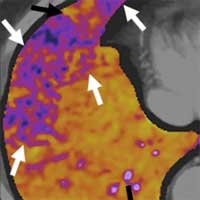
COVID-19: A Hypothesis Regarding the Ventilation-Perfusion Mismatch
We believe that a severe V/Q mismatch underlies the pathophysiology of moderate to severe COVID-19 cases, in which downregulation of ACE2 secondary to viral endocytosis plays a key role. There is low V/Q ratio in areas of... read more
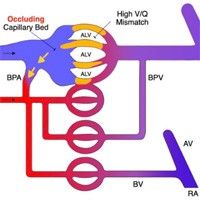
COVID-19 Acute Lung Injury
There is a lot we still do not know when it comes to COVID-19 pathophysiology. We are learning every day, and as we navigate the waters of the unknown, there are a few that boldly dare to try and understand what is happening... read more
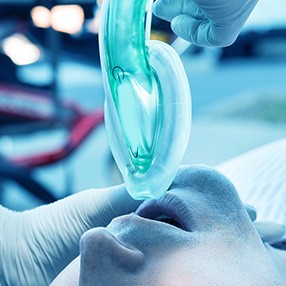
Use of Supraglottic Airways During COVID-19 Pandemic
This document is produced in response to questions about the use of supraglottic airways (SGAs) during the current pandemic. The advice that it contains is based on the expert opinion of airway specialists and is meant to... read more
What’s Working for COVID-19 Patients in the Epicenter
Our large tertiary care ED in Queens, NY, usually sees more than 100,000 adults a year. As we write this, we have 850 COVID-19-likely or -positive patients (several hundred above our bed capacity just one month ago), more... read more




